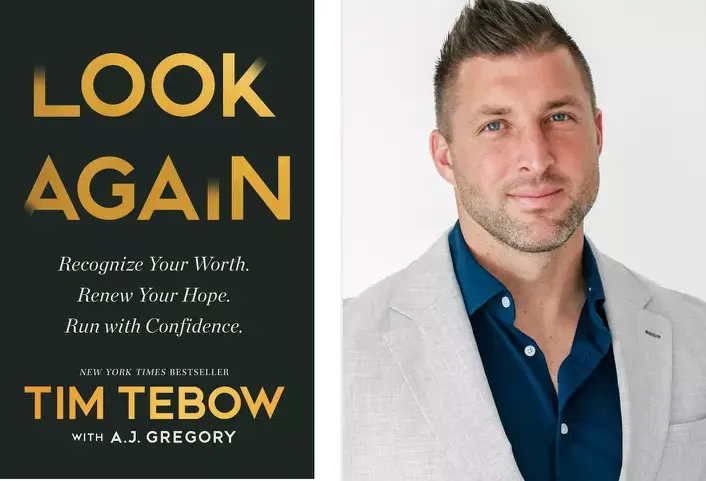The COVID-19 pandemic disrupted nearly every aspect of daily life, including how people consumed entertainment. As lockdowns and restrictions kept people indoors, streaming services saw a dramatic surge in demand, forever altering media habits. From binge-watching marathons to exploring niche genres, the pandemic redefined the entertainment landscape, highlighting the dominance of digital platforms in shaping viewing behavior.
The Streaming Boom
The pandemic accelerated the shift from traditional television to streaming platforms, as more people turned to on-demand services for entertainment. Platforms like Netflix, Amazon Prime Video, Disney+, and Hulu experienced record-breaking subscriber growth during 2020 and 2021. According to reports, Netflix added nearly 37 million new subscribers in 2020 alone, reflecting the global appetite for digital entertainment.
Streaming offered unparalleled convenience, allowing viewers to access their favorite shows, movies, and documentaries without leaving their homes. In a time of uncertainty and isolation, these services provided a sense of escapism and connection.
Changes in Viewing Habits
The pandemic reshaped viewing habits in several key ways:
1. Increased Screen Time
With social gatherings and outdoor activities restricted, people spent more time than ever in front of screens. This increase in screen time extended beyond entertainment, encompassing online learning, remote work, and virtual socializing. However, streaming platforms emerged as the go-to destination for leisure and relaxation.
2. The Rise of Binge-Watching
Binge-watching became a defining trend during the pandemic. Long hours at home made it easier for viewers to immerse themselves in entire seasons of shows within a short span. Series like The Queen’s Gambit, Bridgerton, and Tiger King became cultural phenomena, dominating conversations and social media feeds.
3. Exploration of New Genres
The pandemic encouraged viewers to explore genres they might not have considered before. Comfort viewing—such as feel-good comedies and nostalgic classics—gained popularity as people sought uplifting content to counter the stress of the pandemic. On the other hand, documentaries and true crime series saw a spike in interest, with viewers craving captivating and informative content.
Social Media and Streaming: A Synergistic Relationship
Social media played a significant role in influencing streaming habits during the pandemic. Platforms like Twitter, Instagram, and TikTok became spaces for viewers to discuss, meme, and share recommendations. Trending hashtags, fan theories, and viral challenges drove audiences to check out specific shows or movies, creating a feedback loop between streaming services and social media.
Additionally, influencers and celebrities shared their streaming picks on social media, amplifying the visibility of certain titles. This dynamic highlighted the intersection of social media and entertainment as complementary forces shaping consumer behavior.
Impact on Traditional Media
The pandemic posed challenges for traditional media formats like cable television and cinemas. With theaters closed and live events canceled, audiences flocked to streaming platforms for entertainment. This shift accelerated the decline in traditional television viewership and the disruption of the theatrical release model.
In response, studios adapted by prioritizing streaming releases. Disney+ premiered titles like Soul and Mulan directly on its platform, bypassing theaters. Warner Bros. adopted a hybrid model, releasing films simultaneously in cinemas and on HBO Max. These decisions underscored the importance of streaming as the future of media consumption.
The Global Expansion of Streaming
The pandemic accelerated the global reach of streaming platforms, as viewers worldwide sought accessible and diverse content. International series and films gained prominence, with titles like Money Heist and Parasite breaking barriers and capturing global audiences. Subtitles and dubbing became essential tools for connecting viewers across languages and cultures.
This global expansion encouraged streaming services to invest in localized content tailored to specific regions, fostering cultural exchange and inclusivity in entertainment.
Mental Health and Viewing Habits
While streaming offered escapism, it also highlighted the importance of mindful consumption. Prolonged screen time and excessive binge-watching raised concerns about mental health and well-being. Researchers emphasized the need for balancing digital entertainment with offline activities, encouraging viewers to practice self-care and limit their screen time.
Streaming platforms began introducing features to promote healthier habits, such as reminders to take breaks between episodes and tools for tracking viewing activity.
Future Trends in Viewing Habits
As the world moves beyond the pandemic, some of the viewing habits developed during lockdowns are likely to persist. The demand for convenience, accessibility, and diverse content will continue to shape the strategies of streaming platforms. Key trends include:
1. Increased Original Content
Streaming services are investing heavily in original programming to differentiate themselves and retain subscribers. High-budget series, exclusive films, and documentaries are expected to dominate offerings in the coming years.
2. Hybrid Release Models
The success of streaming-first releases during the pandemic has led studios to explore hybrid models that combine theatrical and digital premieres, catering to varying audience preferences.
3. Integration of Technology
Advancements in technology, such as virtual reality (VR) and augmented reality (AR), may redefine the viewing experience. Interactive and immersive content could provide new ways for audiences to engage with entertainment.
4. Focus on Personalized Experiences
Streaming platforms will continue to refine their algorithms to deliver personalized recommendations, ensuring users discover content tailored to their tastes.
The pandemic transformed streaming from a convenience to a necessity, reshaping how people consume entertainment and interact with media. As platforms expanded their reach and diversified their offerings, they solidified their role as dominant forces in the entertainment industry.
Reflecting on these changes highlights the resilience of the entertainment sector and its ability to adapt to unprecedented challenges. Moving forward, the lessons of the pandemic will continue to influence viewing habits, driving innovation and connection in a digital world.
by Ofcom







